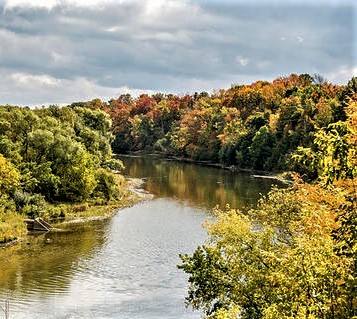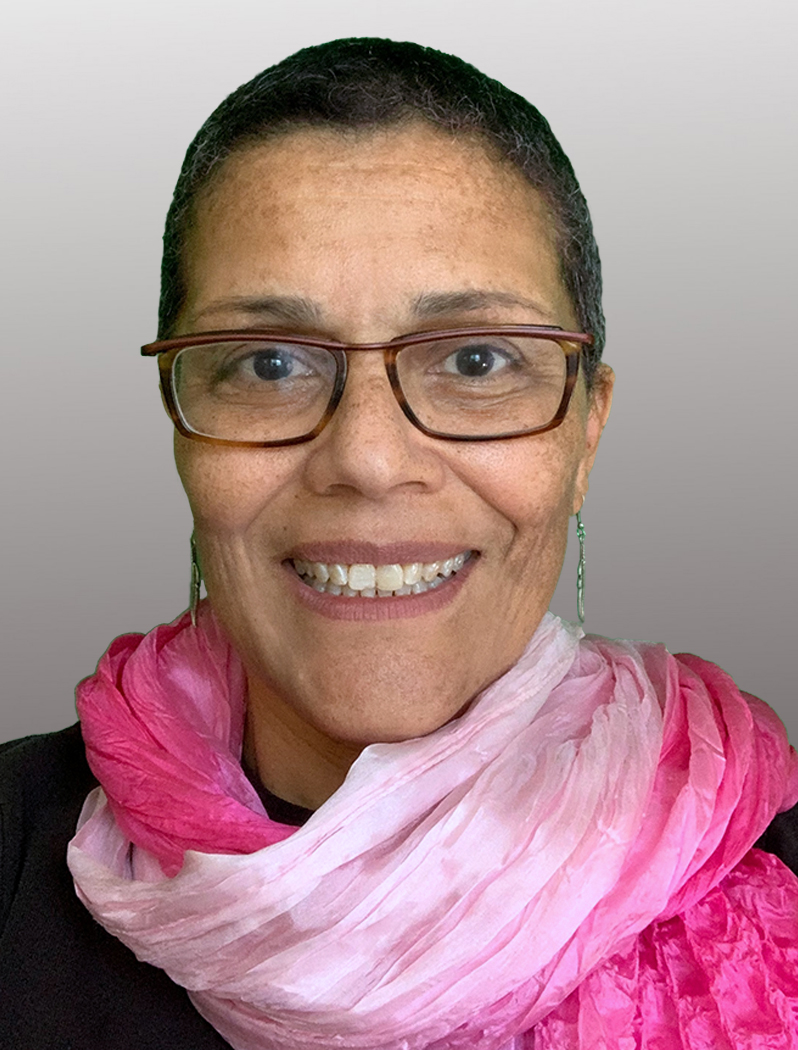Right Relations and Indigenous Justice
June, 2023
Remit 1: Establishing an Autonomous National Indigenous Organization
Reconciliation and Indigenous Justice Update, the United Church of Canada
July 19, 2021
Moderator’s Statement on Residential School Burial Sites
June 4, 2021
Response to Kamloops Residential School Graves Discovery
The United Church’s engagement in Indigenous Justice
Learn More about the United Church of Canada’s engagement in Indigenous Justice:
UCC, Residential Schools and TRC 101: An introduction or refresher to key events and issues related to the United Church of Canada’s call to right relations between Indigenous and Non-Indigenous peoples. This webinar was offered on April 29 and May 5, 2021. Facilitator: Dr. Sara Stratton, Reconciliation and Indigenous Justice Animator for The United Church of Canada.
Territorial Acknowledgment
Canada is Indigenous territory. It is respectful protocol to acknowledge at the start of every gathering or meeting the particular nation(s) that had a relationship with the land you are on since time immemorial. In The United Church of Canada it has become common practice to acknowledge the land on which we gather. It is a small step toward reconciliation but it does not stop with some words. When you begin your meetings or gatherings by acknowledging the land on which you are worshiping, working, and living, you also acknowledge the presence of Indigenous people in the present as well as the past before colonization. You acknowledge connection and disrupted connection to the land and that there are things you need to do to act on your words and reconnect relationships. As one of the church parties to the Indian Residential Schools Settlement Agreement, The United Church of Canada intentionally responds to the 2015 Truth and Reconciliation Call to Action #49:
“We call upon all religious organizations and faith groups who have not already done so to repudiate concepts used to justify European sovereignty over Indigenous lands and peoples, such as the Doctrine of Discovery and terra nullius.”
In other words, Indigenous people and nations did not give up their lands that they had been on for thousands of years, Europeans did not “discover” Canada or arrive on an uninhabited land, treaties were not honoured.
How to Write A Territorial Acknowledgement
The process of writing a territory or land acknowledgement is as important a step toward reconciliation as saying or printing it. Start by doing your own research. Avoid the temptation to ask someone to give you an acknowledgement statement. If you aren’t sure whose land you are on, check www.native-land.ca or www.whose.land/en/ interactive map web resources to find out. Use and learn how to pronounce Indigenous names, e.g. Attawandaron instead of “Neutral”. Recognize the Métis people. Is there an Indigenous Friendship Centre near you? A college or university with an Indigenous studies program? See how they acknowledge the territory and who wrote it. Draft a sincere acknowledgement of your own. Talk to them about what an appropriate relationship might be for your group or church. Use respectful terminology. Capitalize Indigenous, Métis.
Duties and Responsibilities
There are duties and responsibilities that go with making a territorial acknowledgement. Change the words periodically, perhaps to reflect a changing context, so that your acknowledgement does not become a meaningless statement. Consider how your scripted land acknowledgement connects with the purpose of your gathering. Consider the acknowledgement an opportunity to reflect, engage in sometimes uncomfortable conversation, and make room for Indigenous perspectives and inclusion. If you are on treaty territory, historically negotiated in good faith, you are a treaty person today. Take time to learn about the treaty. If you are on unceded territory (land that was never ceded or legally signed away to the Crown or Canada), take time to learn about that history. Whether you are a descendant of settlers by choice or circumstance, new arrival, refugee, or descendant from the slave trade, you came to Indigenous land. Whose land did you and/or your ancestors come to? What is your relationship with the land and the people today and what can you do to make reconciliation real? All this is in the work of territorial acknowledgement.

Grand River
Living into Right Relations (LIRR) Newsletter
This monthly bulletin offers a listing of events, actions and resources for people interested in right relations and supporting Indigenous initiatives.
It is curated by Nancy Dykstra, a first generation Canadian of Dutch descent and a member of Parkminster United Church in Waterloo. Nancy was inspired by the Truth and Reconciliation Report of 2015 to become active in working toward right relations.
July_August 2025 LIRR Newsletter
Red-Dress-Day-Resources – 2025
PAST LIRR Issues
Some Suggestions for Further Non-Indigenous Action
- Include a territorial acknowledgement statement in your church bulletin or screen projection to be read at every worship service.
- Change the wording periodically so that the statement does not become meaningless or rote.
- Put a territorial acknowledgement on a poster in a public place in your church.
- Take time to get to know the Indigenous peoples whose traditional land you are on and learn about the treaty that was made or what unceded means.
- Read “Acknowledging the Territory Statements are Just A Beginning in the Steps Toward Reconciliation” by Rev. Matthew Stevens and perhaps form a study circle to learn about territorial acknowledgment and next steps.
- Share your own or your ancestors’ stories of coming to this land.
- Get to know the Indigenous United Churches and communities within your regional council.
- Refer to “community” and the community’s name rather than “reserve” (and not reservation).
Resources
There are many resources to help non-Indigenous people get started in a good way:
- Interactive map resources
- “Acknowledging the Territory in Worship” is a resource on the United Church website and although dated, it still has helpful background information and examples
- Ontario treaties and reserves
- First Nations and Ontario Treaties map
- First Nations map of Ontario
- Ontario Federation of Indigenous Friendship Centres
An example of a territorial acknowledgement that was changed to reflect a changed context:
We acknowledge that partnering with the world is to commit ourselves to reconciliation with the first peoples of this land and seeking forgiveness for the devastation that contact with Europeans brought with it. Our ancestors were like a pandemic destroying the culture, religious practices and leadership structure of the first peoples. We brought smallpox, measles and others diseases as well as a lust for land. Many of us have not repented of the destruction that these diseases and that prejudices left behind still ravage these nations.
One act of repentance is to acknowledge that we are gathered on the traditional territory of the Haudenosaunee, Anishnabe, the Attarandaron (Neutral) Nation and the Mississaugas of New Credit. Our gain has come at a great cost to these peoples.
Some day may all celebrate as justice and love of all comes riding into our town.
Rev. Gary Clark
Forest Hill United Church
Kitchener, Ontario
An example of a territorial acknowledgement that was changed to reflect a changed context:
Friends, this pandemic has highlighted for the first time in a generation the connectedness of the whole world. Our health and future is entwined with the health and future of every person on the planet. Perhaps it will lead us to the understanding that just as our present is linked with all people, so are we also linked to our past. Our history as a country is linked with how we have treated the First Peoples of this land. History and the Truth and Reconciliation reveals the immeasurable damage done to the First Peoples of Canada when we disrespected their culture, teachings and stewardship of the land. As we seek health and wholeness from the COVID-19 disease may we never cease to work toward wholeness of the First Peoples of this land.
We acknowledge that we are gathered on the traditional territory of the Haudenosaunee, Anishnabe, the Attaranadaron (Neutral) Nation, and the Mississaugas of the New Credit. Our gain has come at a cost to these peoples.
Rev. Gary Clark
Forest Hill United Church
Kitchener, Ontario
- Online courses and download for Indigenous Relations: Insights, Tips and Suggestions to Make Reconciliation A Reality
- Some Indigenous Protocol Examples
- Bob Joseph’s YouTube channel
For more information contact:

Thérèse Samuel
Minister, Right Relations and Social Justice
Phone: 226-407-4310
Email: TSamuel@united-church.ca
Thérèse shares the Social Justice position with the Minister, Social Justice, serving the Discipleship and Justice Commissions and social justice ministries in the region. She also supports Indigenous and Non-Indigenous churches in the region in the work of building right relations.
Serves in: Antler River Watershed, Western Ontario Waterways and Horseshoe Falls Regional Councils
Location: Teleworks from home and spends time in the regional councils.
Role: Thérèse encourages and connects communities of faith in their work and supports Indigenous ministries in their relationship with the region and promotes and supports racial justice and social justice ministries.
Contact Thérèse about: Affirming Ministries, Anti-Racism; Intercultural Ministry; Right Relations; Indigenous Ministries, Social Justice Ministries and resource to the Discipleship & Justice Commission.


